What Do Polarized Filters Do ?
Polarized filters are optical devices that selectively block certain types of light waves, known as polarized light. These filters contain a special film that allows only light waves vibrating in a specific direction to pass through while blocking light waves vibrating in other directions. When light reflects off a non-metallic surface, such as water or glass, it becomes polarized, meaning the light waves align in a specific direction. This can create glare or unwanted reflections, which can be visually distracting or reduce visibility. Polarized filters are commonly used in sunglasses and camera lenses to reduce glare and improve clarity. They help to enhance contrast, reduce reflections, and improve overall visual comfort, making them particularly useful in outdoor activities such as driving, fishing, and skiing.
1、 Polarized filters reduce glare and reflections from non-metallic surfaces.
Polarized filters are optical devices that are commonly used in photography, sunglasses, and other applications to reduce glare and reflections from non-metallic surfaces. They work by selectively blocking certain light waves that are oriented in a specific direction.
Glare occurs when light waves from the sun or other sources are reflected off a surface, such as water, glass, or shiny objects. This reflected light is often polarized, meaning the light waves are aligned in a specific direction. When a polarized filter is placed in front of the camera lens or the eyes, it only allows light waves that are aligned in a certain direction to pass through, while blocking the rest. This selective filtering helps to reduce the intensity of the reflected light and minimize glare.
By reducing glare, polarized filters enhance the clarity and contrast of the images captured by cameras or seen through sunglasses. In photography, they can be particularly useful when shooting landscapes, water scenes, or any situation where there is a lot of reflected light. The filters can help to bring out the true colors and details of the subject, as well as improve the overall quality of the image.
In addition to reducing glare, polarized filters also help to minimize reflections. Reflections occur when light waves bounce off a surface at an angle. This can create unwanted reflections on glass windows, car windshields, or other shiny surfaces. By blocking the polarized light waves that are responsible for these reflections, the filters can help to eliminate or reduce them, resulting in clearer and more vibrant images.
It is worth noting that polarized filters have some limitations. They may affect the visibility of certain LCD screens, such as those found on some cameras or smartphones. Additionally, they may not be effective in reducing glare or reflections from metallic surfaces.
In recent years, there has been some debate about the use of polarized filters in certain situations. Some argue that they can interfere with the perception of depth and the ability to see certain patterns, such as those on LCD screens or in certain sports activities. However, the benefits of polarized filters in reducing glare and reflections are still widely recognized and appreciated in various fields.
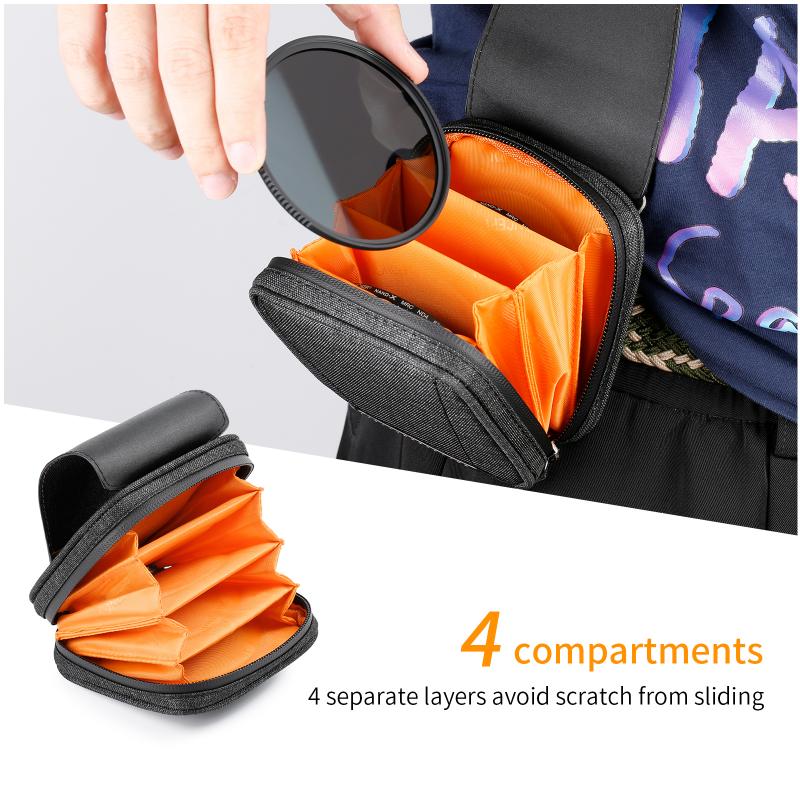
2、 They enhance color saturation and contrast in photographs.
Polarized filters are an essential tool in photography that can greatly enhance the quality of images. These filters work by reducing the amount of reflected light that enters the camera lens, resulting in several benefits for photographers.
One of the primary functions of polarized filters is to enhance color saturation and contrast in photographs. By reducing glare and reflections, these filters allow the camera to capture more vibrant and saturated colors. This is particularly useful when photographing landscapes, as it can make the sky appear bluer, water more transparent, and foliage greener. The increased contrast also helps to bring out details and textures in the image, resulting in a more visually appealing photograph.
Additionally, polarized filters can also improve the overall image quality by reducing haze and atmospheric pollution. When shooting in outdoor environments, especially on sunny days, the atmosphere can scatter light and create a hazy effect in photographs. By using a polarized filter, photographers can minimize this haze and achieve clearer and sharper images.
Furthermore, polarized filters can be used to control reflections on non-metallic surfaces such as water or glass. These filters can eliminate or reduce unwanted reflections, allowing photographers to capture the subject without any distracting glare. This is particularly useful when photographing through windows or capturing images of water bodies, where reflections can often hinder the clarity of the subject.
It is important to note that the effectiveness of polarized filters can vary depending on the angle of the light source and the position of the photographer. Therefore, it is crucial to adjust the filter accordingly to achieve the desired effect. Additionally, polarized filters can also reduce the amount of light entering the camera, which may require adjustments to the exposure settings.
In conclusion, polarized filters play a crucial role in enhancing color saturation, contrast, and overall image quality in photography. They are a valuable tool for photographers looking to capture vibrant and visually appealing images, particularly in outdoor settings.
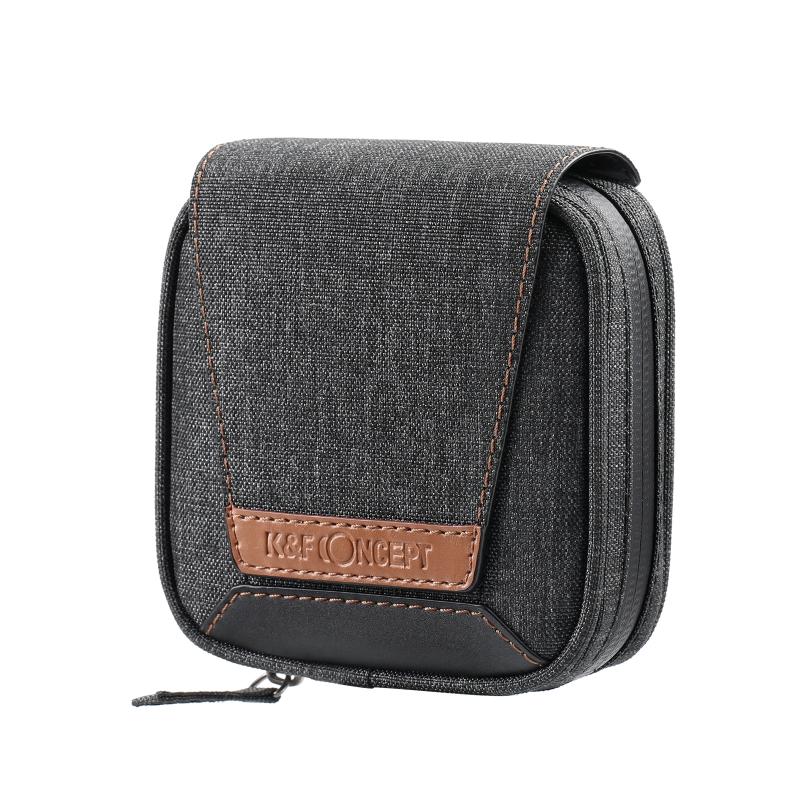
3、 Polarized filters improve visibility in bright outdoor conditions.
Polarized filters are optical filters that are commonly used in sunglasses, cameras, and other devices to reduce glare and improve visibility in bright outdoor conditions. These filters work by selectively blocking certain types of light waves, specifically those that are horizontally polarized.
When light reflects off a surface such as water, snow, or a shiny object, it becomes polarized in a specific direction. This polarized light can create intense glare, making it difficult to see clearly and causing discomfort to the eyes. Polarized filters are designed to block this horizontally polarized light, allowing only vertically polarized light to pass through. This helps to reduce glare and improve visibility, making objects appear sharper and colors more vibrant.
In addition to reducing glare, polarized filters also offer other benefits. They can enhance contrast and depth perception, making it easier to see details and contours in the environment. This can be particularly useful for outdoor activities such as driving, fishing, skiing, or hiking, where clear vision is crucial for safety and performance.
Moreover, polarized filters can also provide some level of protection against harmful ultraviolet (UV) rays. While they are not a substitute for proper UV-blocking sunglasses, polarized filters can help to reduce the amount of UV light that reaches the eyes, potentially reducing the risk of eye damage caused by prolonged exposure to the sun.
It is important to note that polarized filters may not be suitable for all situations. They can interfere with the visibility of certain digital screens, such as those found in some car dashboards or airplane windows. Additionally, polarized filters may not be necessary or beneficial in low-light or indoor conditions where glare is not a significant issue.
In conclusion, polarized filters are effective tools for improving visibility in bright outdoor conditions. By reducing glare and selectively blocking horizontally polarized light, these filters enhance visual clarity, contrast, and color perception. However, it is important to consider the specific needs and limitations of each situation before using polarized filters.
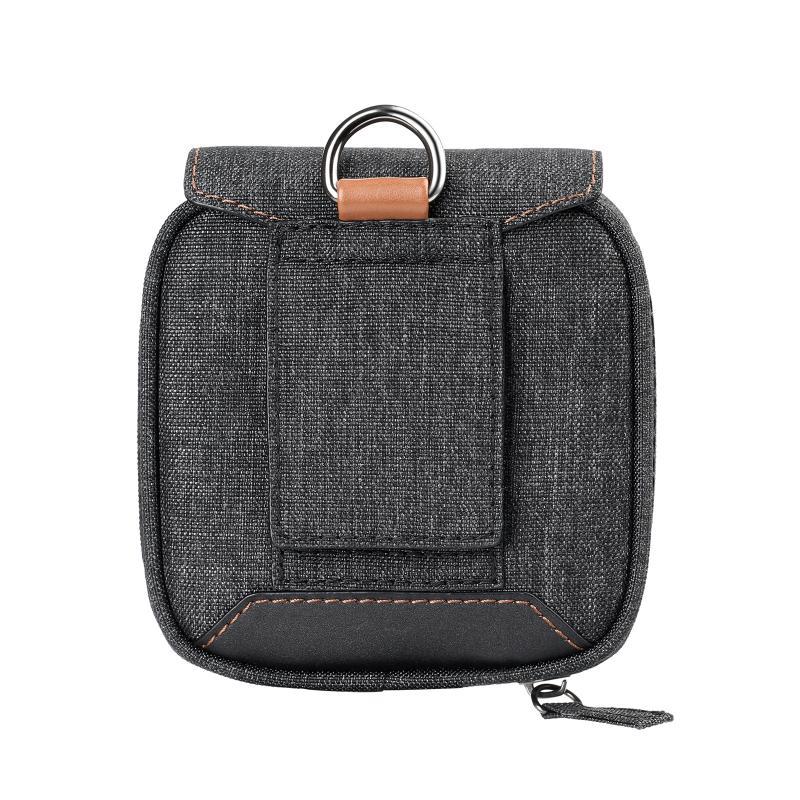
4、 They block certain wavelengths of light to reduce eye strain.
Polarized filters are optical devices that are commonly used in sunglasses, camera lenses, and other optical instruments. They work by selectively blocking certain wavelengths of light to reduce glare and improve visibility.
When light waves reflect off a surface, such as water or a shiny object, they become polarized, meaning they vibrate in a specific direction. This polarized light can cause intense glare, making it difficult to see clearly and causing eye strain. Polarized filters are designed to block these polarized light waves, allowing only the desired light to pass through.
By blocking the horizontally polarized light waves, polarized filters effectively reduce glare and improve visual clarity. This is particularly beneficial in outdoor activities such as driving, fishing, or skiing, where glare from the sun or reflective surfaces can be a major issue. Polarized sunglasses, for example, can significantly enhance visual comfort and reduce eye fatigue in bright sunlight.
Moreover, polarized filters can also enhance color perception and contrast, making objects appear more vibrant and defined. This is especially useful for photographers and cinematographers who want to capture vivid and crisp images. Polarized filters can help eliminate unwanted reflections and create more visually appealing photographs or videos.
It is worth noting that while polarized filters offer numerous benefits, they can also have some limitations. For instance, they may interfere with the visibility of certain digital screens, such as LCD displays, making them appear darker or distorted. Additionally, polarized filters may not be suitable for certain activities that require accurate color perception, such as aviation or some professional sports.
In recent years, there has been some debate about the potential impact of polarized filters on vision and eye health. Some studies suggest that prolonged use of polarized sunglasses may affect depth perception or cause visual discomfort in certain situations. However, more research is needed to fully understand these potential effects and determine any long-term consequences.
In conclusion, polarized filters are optical devices that block certain wavelengths of light to reduce glare and improve visibility. They are widely used in sunglasses and camera lenses to reduce eye strain, enhance visual comfort, and improve image quality. While they offer numerous benefits, it is important to consider individual needs and activities when deciding to use polarized filters.









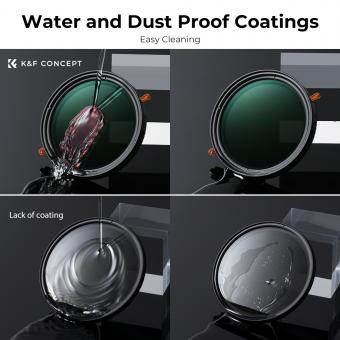






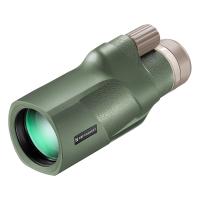




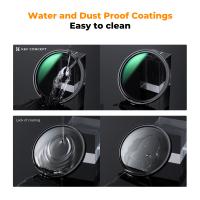
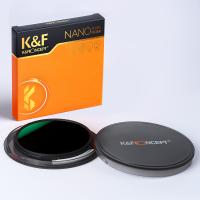

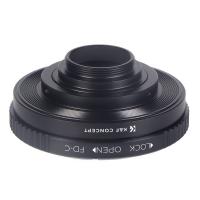
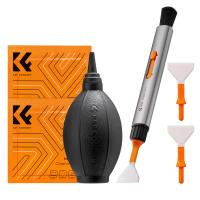


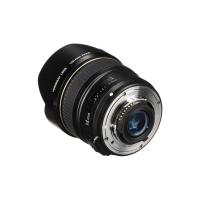

There are no comments for this blog.